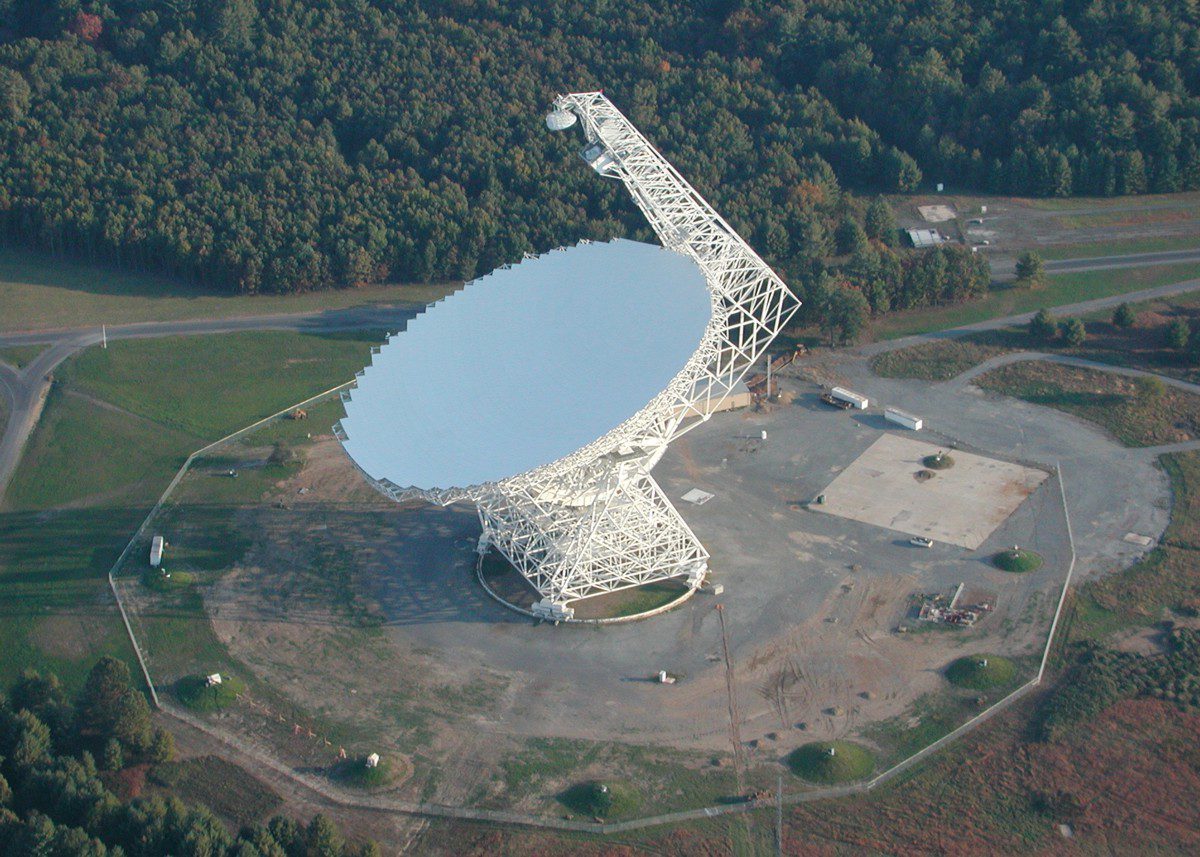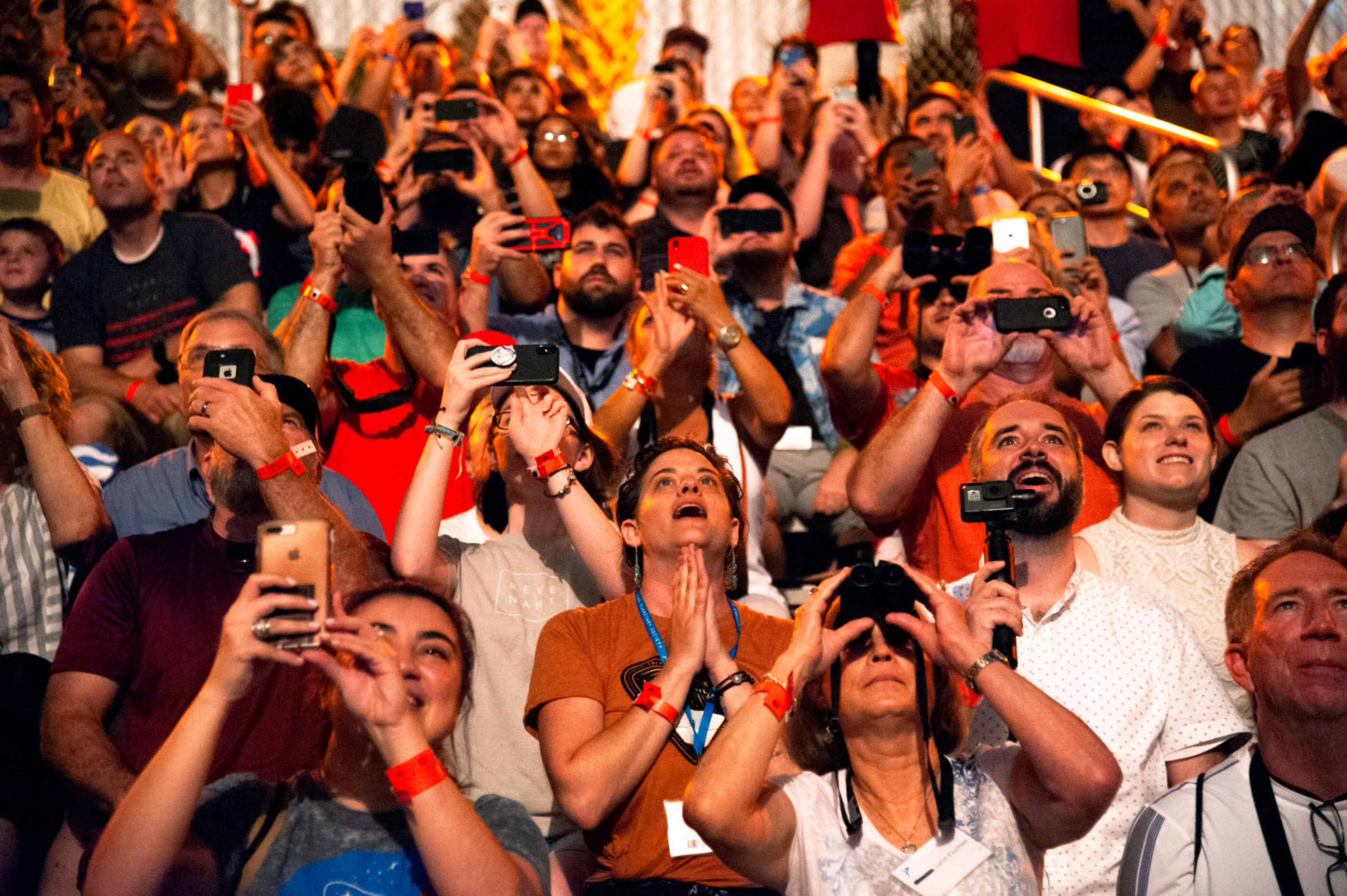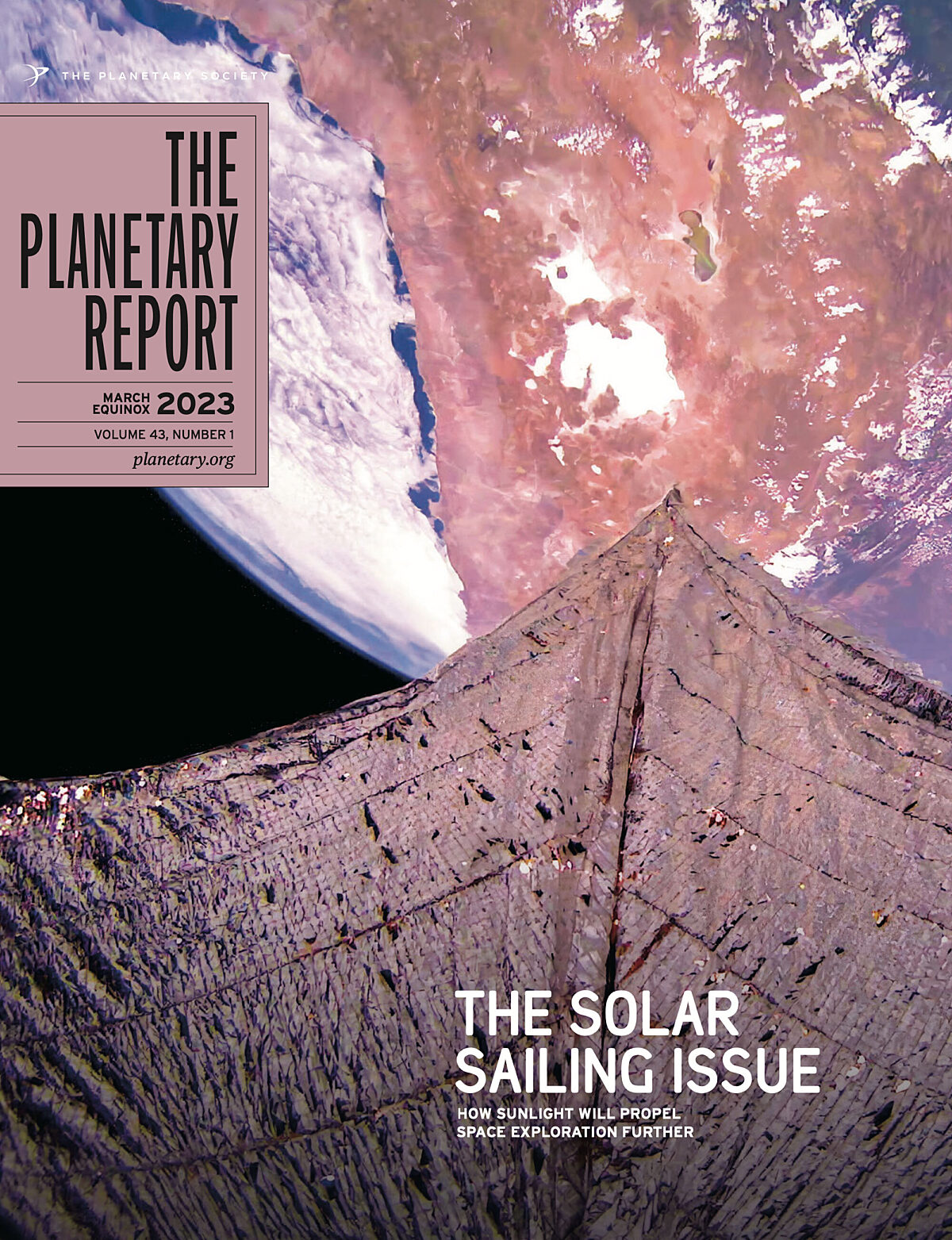Harnessing the power of the crowd
A lot of the discussion around the impact of The Planetary Society’s LightSail 2 focuses on its technological success. And indeed, proving that solar sails can propel a CubeSat was a major contribution to space exploration, and as you’ll read in this issue, it’s already influencing other missions. But there’s another important aspect of the LightSail program’s success: that the mission was entirely funded by individual, voluntary contributions.
“Crowdfunding” is a well-known term today, especially in the context of internet-based platforms like Kickstarter and GoFundMe. But the concept of pooling individual resources to do something big has been around for a long time, and it’s something The Planetary Society has been doing since our very beginnings.
In June 1981, we mailed our first project-specific fundraising letter to all Planetary Society members. NASA had cut all of its funding for the search for extraterrestrial intelligence (SETI), but plenty of people still believed in the endeavor’s importance and pooled more than $70,000 (more than $200,000 in today’s money) to support three SETI projects: sending scientists to Tallinn, Estonia for an international SETI conference; developing a high-resolution hardware spectrometer to help process SETI data; and funding the work of pioneering researchers hunting for exoplanets.

Because our community responded so well to crowdfunding opportunities, we started to look for even more ambitious projects for our members to enable. Planetary Society members funded the search for exoplanets in 1981, back when none had ever been found. In 1982, members began funding Eleanor “Glo” Helin’s near-Earth object observations and continued to support her work for more than a decade. Member contributions even helped develop technologies to explore Mars, bringing citizen-based organizations into planetary missions for the first time ever.
These are just a few early examples; The Planetary Society’s 43-year history is full of many more crowdfunded projects. And all along, our sights have been set on doing something even bigger: funding our own space mission.
LightSail 2 is in many ways the pinnacle of our achievements as crowdfunders for space. But what it proved is something our members have proven time and time again: that a huge number of people around the world believe in the value of space science and exploration so much that they’re willing to put in their own money to ensure its future.

In much the same way that LightSail 2 has influenced other missions to use solar sails, we hope that others draw inspiration from the mission’s crowdfunding success as part of the movement to “democratize space.” We have seen dramatic changes that have made outer space accessible not only to first-world countries, multinationals, and billionaires but also to developing countries, startups, universities, and even members of nonprofits like us. This opens up a new era in which everyday citizens like you can directly connect with space science and exploration.
Support our core enterprises
Your support powers our mission to explore worlds, find life, and defend Earth. You make all the difference when you make a gift. Give today!
DonateThe Planetary Report • March Equinox
Help advance space science and exploration! Become a member of The Planetary Society and you'll receive the full PDF and print versions of The Planetary Report.


 Explore Worlds
Explore Worlds Find Life
Find Life Defend Earth
Defend Earth


